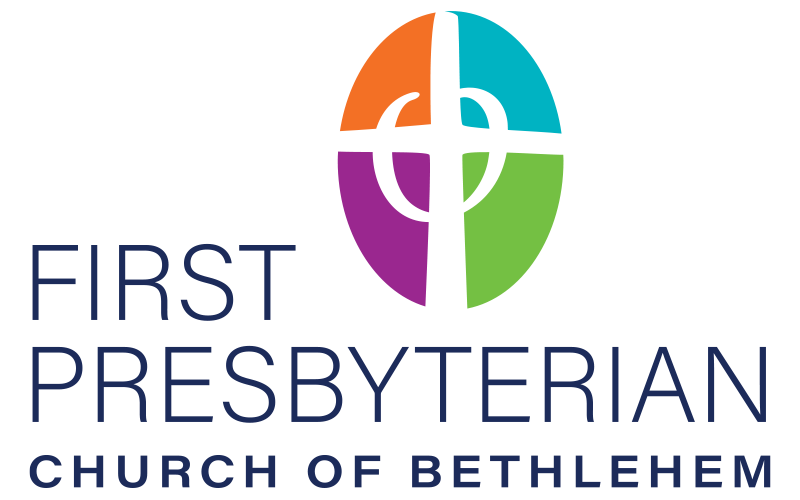It seems every time we put ourselves back into the early Christian church, specifically when we read the Book of Acts, things are complicated, struggles are real, and the need to define who is in or who is out is a matter of great importance. The question of how to maintain unity in diversity is front and center but so is the matter of salvation. Can you be saved if you don’t observe the law, meaning the Torah? Can you be saved if you aren’t circumcised? Can you be saved and be a part of the covenant God had promised all the way back to Abraham if you don’t follow the tradition of thousands of years?
What is going on in this early church? Why aren’t  they unified – don’t they all profess a belief in Jesus the Christ – the Risen One? Aren’t they all Christ followers?
they unified – don’t they all profess a belief in Jesus the Christ – the Risen One? Aren’t they all Christ followers?
Well yes, they are, but as the I Love to Tell The Story podcast[1] for today’s scripture points out: there are four distinct groups of Christ-followers in this early Christ-centered movement. There are Jewish Christ-followers who observe the Torah – meaning they follow the law laid down by Moses. There are Jewish Christ-followers who are not Torah observant. Then, there are Gentiles who observe Torah and Gentiles who do not. The Christ-followers may be part of the church in Jerusalem or part of the more Gentile-group in Antioch.
This diversity raises important questions about salvation. Can you be saved/rescued/healed if you aren’t obedient to the tradition and law of Torah? If not, then can you participate in the covenant that God created and be in fellowship within these new communities of Christ-followers? Can you be part of the promise that God made to Abraham?
Does any of this sound familiar? Can you hear/see the echoes of struggles of finding unity in the wide diversity of Christianity we see today?
So how are these questions answered in the early church according to this story from Acts? Well first, it starts with folks coming down likely from the Jerusalem, Torah-observant Christ-following church to the area where Paul and others are preaching and teaching, to tell folks – nope you can’t be part of this church if you aren’t circumcised and if you don’t keep the Law from Moses. You have to follow the tradition that even Jesus followed.
Paul and Barnabas vehemently disagree with this and are sent to Jerusalem to make their case. There they are welcomed and their reports of a growing body of Christ-followers make everyone happy, except for the Torah observant folks. After much debate and conversation, Peter and James affirm that these new non-Torah observant Christ-followers can indeed be saved and participate in the covenant and fellowship of these new communities of faith.
They have indeed been given the same Holy Spirit, the same desire to commit to Jesus and his Way, and they are saved in the same way as those who are Torah-observant; by the grace of the Lord Jesus. In other words, these new Christ-followers are entitled to all the benefits of being part of this new community of faith. There should be no barriers, no moral objection and no fear that people aren’t saved or can’t be associated with. These new folk won’t contaminate the more tradition and law observing people by being identified as Christ-followers, part of this new Christian movement.
Whew! I ask again – Does any of this sound familiar? Can you hear/see the echoes of struggles of finding unity in the wide diversity of Christianity we see today?
Why are we still having this kind of argument 2,000 years later? Why are we still creating restrictions/barriers/questions of whether or not one can be saved so that people run from the church rather than embrace the love that God has for them? As one of the podcasters put it[2] maybe this all comes down to this question: What is core to Christian identity? Is what was core 25, 50, 100 years ago central now?
And I would take that one step further – what is core to your identity as a Christian? When someone asks us about ourselves – do we say front and center – I’m a Christian and here is why? Or do we define ourselves as a Christian by telling people who we aren’t like as Christians?
Do we say well, I’m not a Christian nationalist, or an exclusionary Christian or …. If we were part of this early Christ-follower movement seeking a community that embraces unity through diversity – what identifying characteristics would we ascribe to that community or to ourselves? What are the core characteristics we could come up with that describe us as Christians or FPC Bethlehem as a Christian-based community of faith? Good and tough questions to reflect on.
Some of the great things about this story to me are this: As diverse as they are and as serious as the issues are to both sides of the argument over salvation and how to obtain it, they engaged in conversation. They didn’t cut the conversation off. They appreciated the work of Paul, Barnabas and others to bring people the good news of the Gospel.
And, they weren’t arguing over issues that were trivial – salvation was an important matter – but in the end, those who adhered to strict tradition were asked to recognize that God was doing a new thing through Jesus in these non-Torah observant communities. God was the one gifting the Holy Spirit, God was the one sending people out, and God was indeed in the mix. Who are we to challenge God by placing burdens on those who want to hear the good news and find a place of belonging?
But I think it does start with us – we have to know what our Christian identity is and how that identity either unburdens folks or places burdens on them. Does tradition place a burden on people? Does ruling some in and some out place a burden on people? Does our need to define salvation narrowly place a burden on people? Does our need for everyone to conform to what we feel is right place a burden on people? Can we find unity in diversity? They were important questions then – they remain important questions now. Let’s keep talking and struggling in our quest to understand, articulate and live out our Christian identity.
[1]https://open.spotify.com/episode/7bGNXhX0svBPP9ksX4yPAQ, accessed 5/15/2025.
[2] ibid
